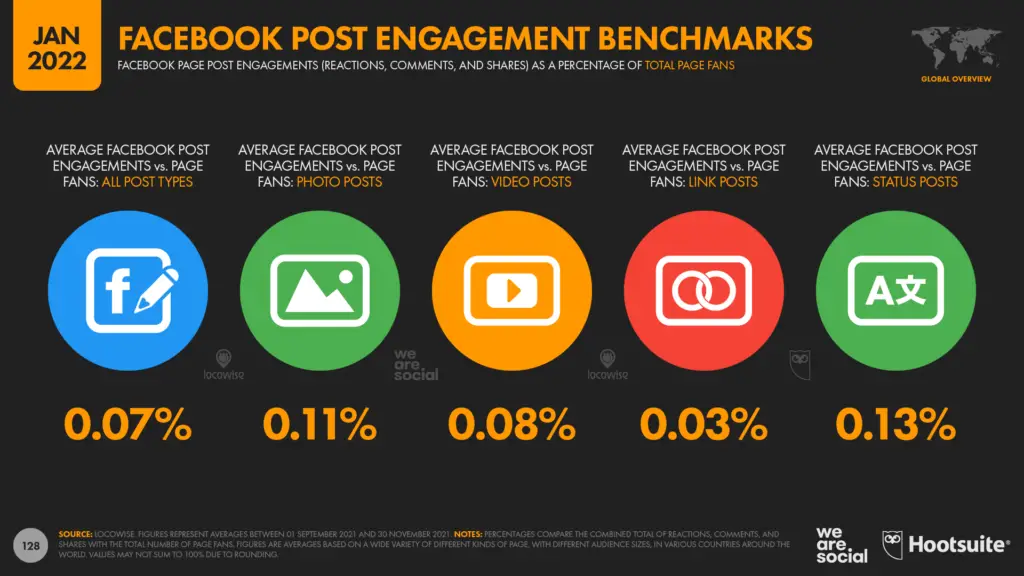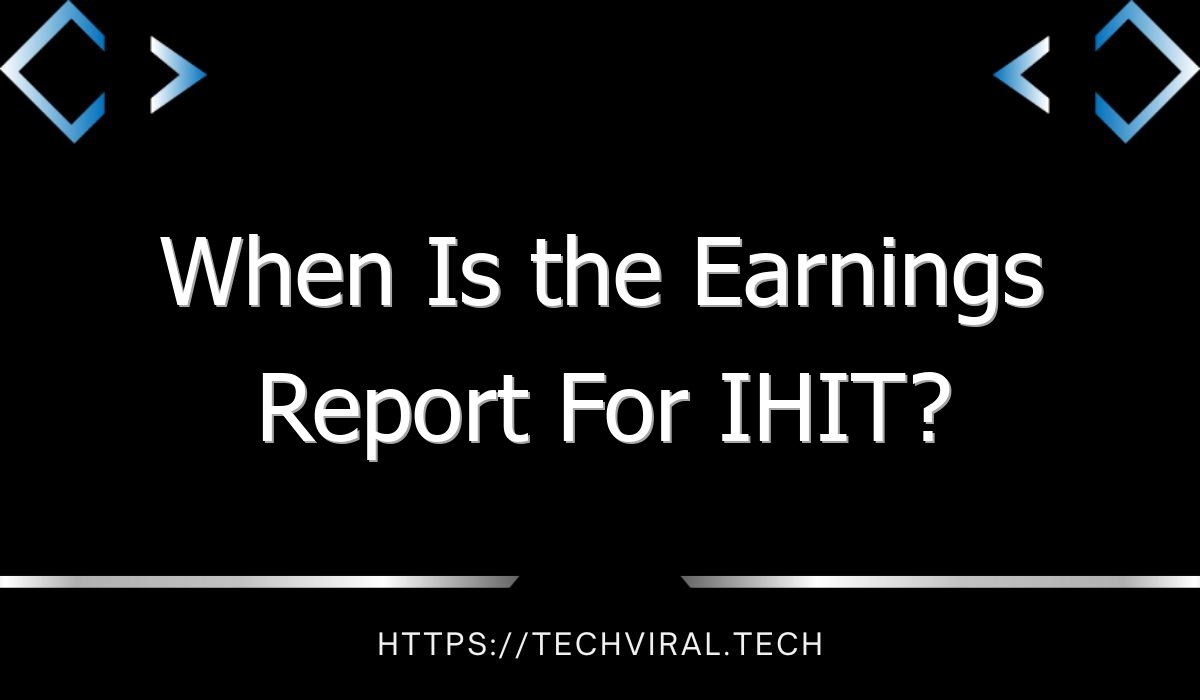Top 5 Digital Marketing Trends To Focus On This Year

Video content marketing is nothing new, but it is quickly becoming one of the most influential trends in digital marketing, and it will continue to grow in popularity. YouTube is now the second largest search engine, one spot behind parent company Google, and it has grown from being a simple video-sharing site to a legitimate search engine for all types of videos.
Artificial intelligence
AI marketing is changing the way marketers do business. Instead of having to guess at what consumers want, AI allows marketing teams to tailor messages based on consumer preferences. For example, marketers can target consumers based on their interests, purchase history, location and previous brand interactions. Ultimately, this creates more personalized experiences for customers.
AI-based marketing can help businesses analyze data and improve conversion rates. It can also help marketing teams create more personalized messages by tracking consumer behavior and responding to different types of messages. AI marketing can also identify what appeals to the consumer based on their responses to a message.
Another application of AI is programmatic advertising. The clever use of big data will make marketing more personalized and human. With big data, advertisers can predict the future, allowing for personalization on a massive scale. This means that ads can be targeted to specific audiences with tailored messages.
With all these new applications, AI is sure to be a great addition to your digital marketing strategy. It can also increase productivity by letting you process mountains of data. For example, AI-powered customer support bots can help you better understand your customers’ needs and preferences. With AI marketing, you can keep your brand ahead of the competition and crush revenue goals.
While AI-powered chatbots were once a joke online, they are now getting smarter and have the potential to be a game-changer in digital marketing. Chatbots are great for answering common questions quickly and can even put customers in touch with real people. In addition, smart chatbots can use original responses generated in real-time, which personalizes the customer experience. This technology has turned automated systems into an appreciated perk for website visitors.
Data-driven marketing
Data-driven marketing enables organizations to identify where their marketing dollars are best spent. It helps to analyze the customer journey using attribution models and enables companies to better understand the factors that move prospects through the sales funnel. This type of marketing has its limitations, however, and organizations must make sure that their teams have adequate resources to successfully implement a data-driven marketing program.
One of the most important aspects of data-driven marketing is that it focuses on personalizing the consumer experience. This can make a difference in conversions by improving the user experience. According to a McKinsey study, personalizing the customer experience can produce a five to eight-fold return on investment (ROI).
Big data and predictive analytics are two of the key elements of this new marketing approach. These two technologies allow companies to make personalized recommendations based on the customer’s profile. Big data is being analyzed to identify what customers are searching for and what they are likely to buy. By using predictive analytics and AI, brands can tailor their messages to suit each customer’s interests and preferences.
Chatbots are another powerful tool for personalizing customer experiences. Many brands are experimenting with chatbots to engage customers. Chatbots are becoming more common and can be used for customer support and more. Using chatbots is also a great way to boost retail sales.
Big data is an industry that is growing exponentially. According to Statista, the global data consumption will reach 180 zettabytes by 2025. Big data comes with increasing power, but privacy concerns are also growing. Fortunately, the rise of privacy laws has resulted in the implementation of legislation that helps ensure consumer privacy.
Voice search engine optimization
The rise of voice searches is already changing the way we conduct searches. As the usage of voice-activated assistants continues to grow, so too does the importance of SEO. Google has lead the charge by rolling out updates like Hummingbird that have changed the way it ranks search results, moving away from keyword-based optimization and towards a better user experience.
Voice searches are more conversational and focus on semantics. This means that your content needs to adapt to this new way of searching. It is important for you to reevaluate the keywords you are using in your content, as well as your overall marketing strategy.
Mobile users are also using voice search more. With the popularity of smart speakers, more people than ever are turning to this method of searching. And thanks to the advancements in artificial intelligence, smart assistants are becoming more commonplace. It’s expected to continue to grow in the next couple of years and will eventually overtake text-based search engines.
The advancement of voice technology means that businesses have to adapt their content to meet these new needs. Currently, Google is the leading provider of voice-activated assistants, and it’s only a matter of time before these devices start dominating the mobile world. This technology is already making the way we use modern technology, such as Siri. It’s becoming a central part of the Google experience and is rapidly increasing in popularity.
A good way to make your content search engine optimized for voice is by using long-tail keywords related to frequently asked questions. You should also make sure that your content is conversational. In 2022, 50% of searches will be done by voice.
Storytelling
Storytelling can enhance brand loyalty and increase conversion rates. Research shows that people recall stories more than facts. Moreover, stories can be used to create compelling content. People remember stories 22 times longer than facts. A well-told story can motivate them to take action.
One of the leading examples of storytelling in business is the use of video content in marketing. Companies are getting creative with short films and long-form video content. Companies like Spotify, for example, are using consumer data to find stories that resonate with them. This is a valuable content tool that can be used to reinforce content marketing strategies.
If you want to use storytelling as a marketing tool, you need to think about the goal you want to accomplish with the story. While the process of creating a story may need to be structured, it should ignite emotions and imagination. Once you’ve created your story, keep track of your metrics to gauge whether it was successful or not.
In today’s fast-paced, digitally-driven world, brands need to differentiate themselves by telling a story about who they are. Brands are no longer just products and services anymore – they need to offer meaning, emotions, and ideas to their audience. Brand storytelling can also improve the credibility of a brand.
Storytelling makes a brand more real and memorable. By telling a story about your brand, you simplify information and evoke an emotional response. Your brand’s story can be more relatable to consumers and increase favorability by 22 percent.
Visual content
Creating visual content can have many different purposes and can be an effective way to reach a wider audience. For example, non-consumer brands can use interactive media to create quizzes and help their sales teams qualify leads. There are also numerous ways to use visual content to make a point.
According to a recent study, more marketers are turning to visuals to drive their marketing strategies. The survey found that 31.6% of marketers are spending less than 10% of their marketing budgets on visuals, while another 25.3% are spending between 11% and 20%.
Creating visual content is becoming more affordable and easier. More companies are utilizing professional software and self-service tools to create compelling visual content. However, there are still challenges associated with creating visual content. For example, sourcing data and statistics remains a challenge for many marketers.
According to a study published in Content Marketing World, more than half of marketers are using visuals to illustrate their content. According to this survey, most of these marketers are using visuals in their blog posts and landing pages. The other half are using them for social media and other print materials.




